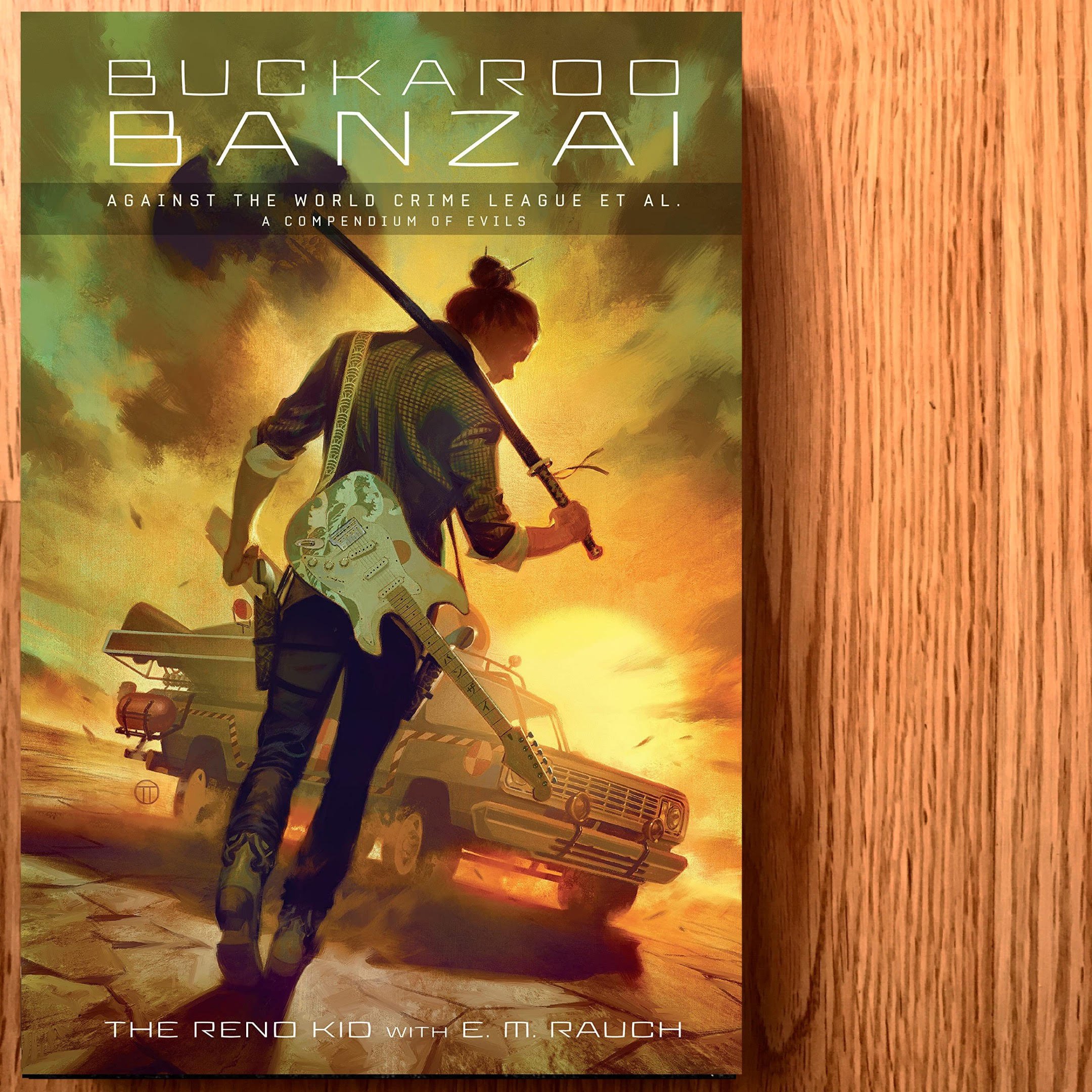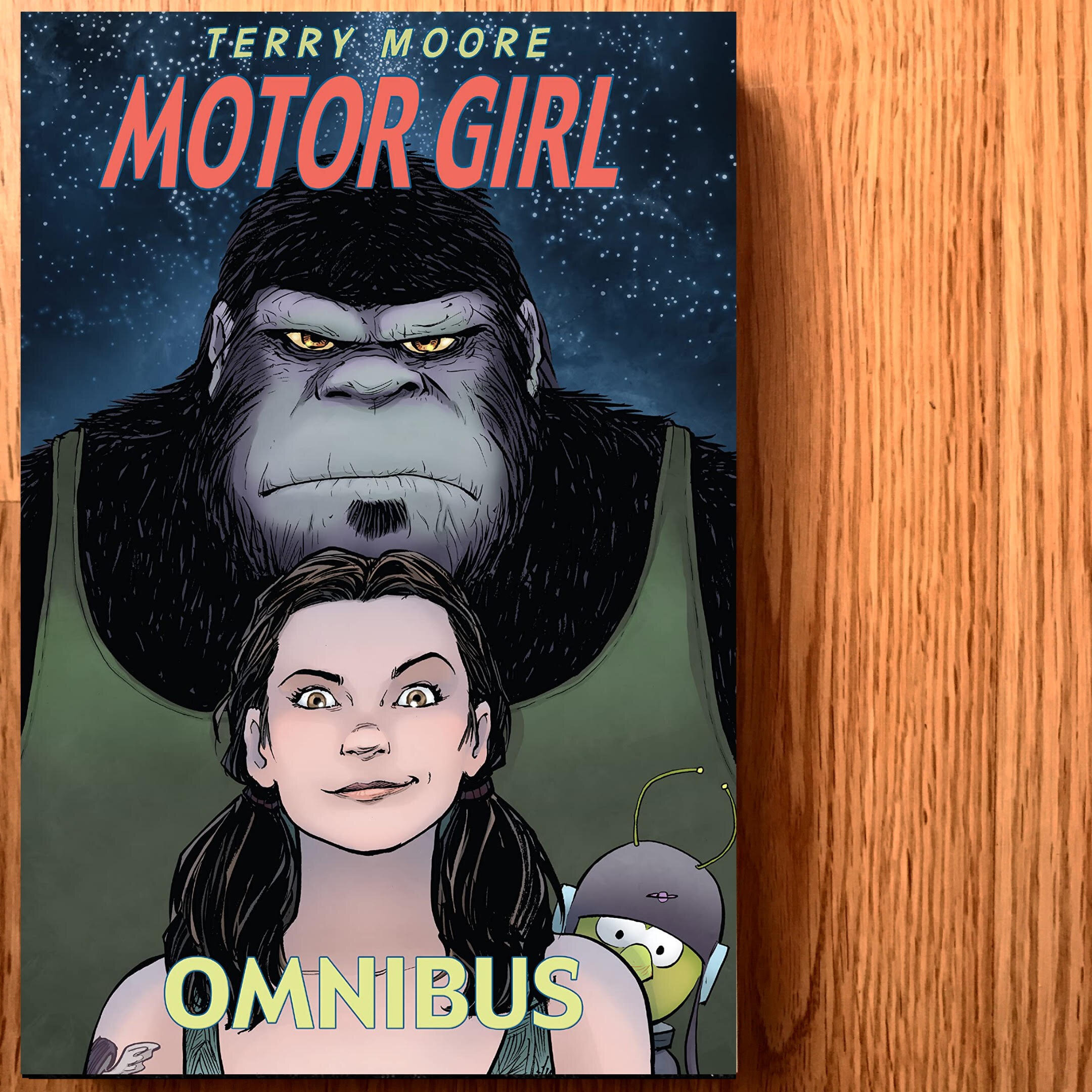By Larissa Page
We all know the story of Anne of Green Gables and of Anne with an E. In Kathleen Gros’s Anne, she gives us a modern-day adaptation (sort of) of our favourite classic.
Anne is a foster kid in and out of houses thanks to her quick temper. Green Gables is an apartment complex where Matthew (the building’s handyman) and Marilla (an accountant) live in their parents’ old apartment. Diana is a kindred spirit that lives on the top floor and Rachel Lynde is the cranky old lady from the first floor. Gilbert is still a bully, and Anne detests her red hair. So, many of the elements of this adaptation are key points of the story that we already love with some that have been changed. Either way, Anne is the lovably precocious main character everyone comes to love.
One of the reasons this caught my eye is because I wanted to give it a pre-read before deciding if it would be good for my young reader. She is a fan of graphic novels (as am I), and this one is of a story and character she’s already familiar with. I was thrilled for this graphic novel to be filled with inclusivity, 2SLGBTQIA characters, themes of unconditional love, standing up to bullies, and building a home with new people. It had some young crush themes that were presented in a way that I felt appropriate for a tween/pre-teen.
It was a quick read, and I expect will be for some children as well, but in being so it makes it accessible (particularly for kids who may not be as quick of readers) and easy to pick up. It also had a feeling of nostalgia because these are characters we already love.
I will be thrilled to hand this off to my middle-grade reader. I can see us having some discussions surrounding handling bullies, sharing our feelings, getting a handle on emotions, and things like that. Plus, she’ll be excited to see the pictures, and experience Anne in her own generation.
Thank you, HarperCollins Canada, for the complimentary copy in exchange for an honest review.












